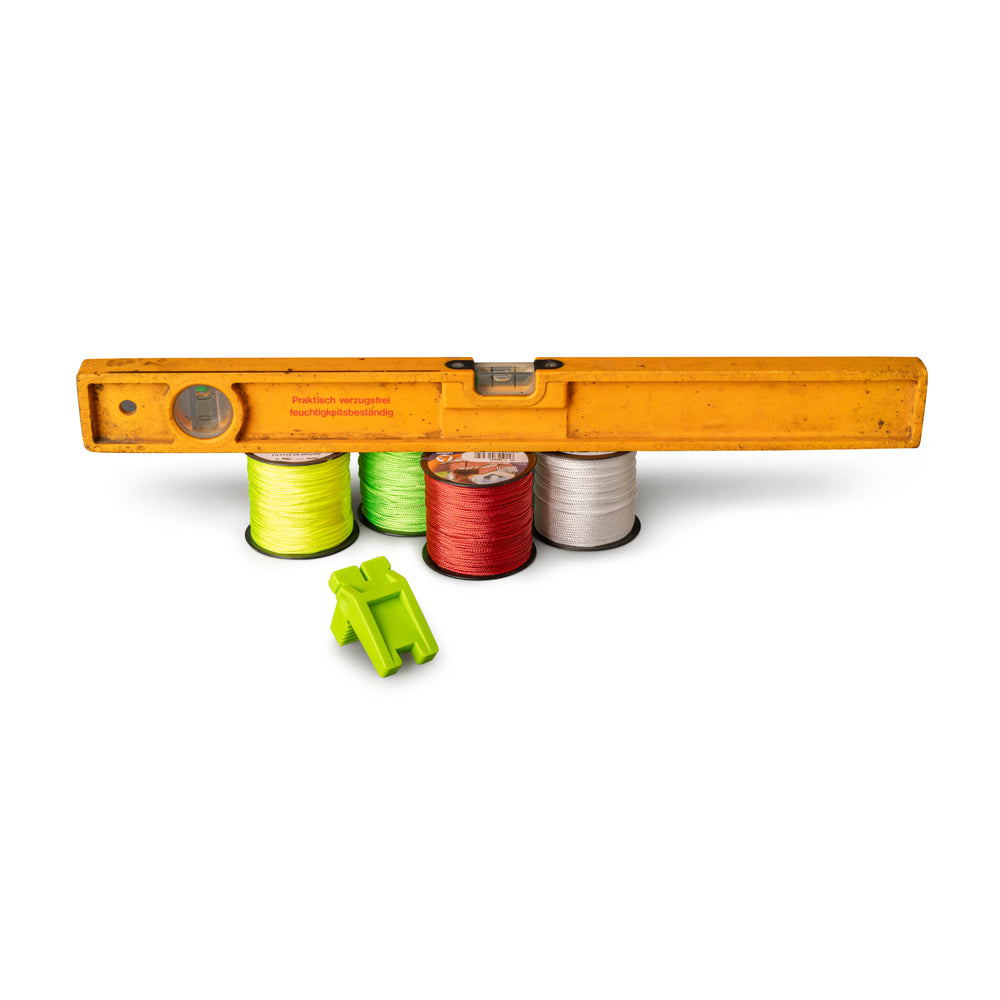The difference between breaking strength and safe working load plays a major role in choosing the right rope for your job or project. In short, breaking strength is what a rope can theoretically handle, and safe working load is the maximum load you can safely use it with.
Breaking strength, or breaking force, is the maximum force a rope can withstand before it actually breaks. This means the rope will only break if it is subjected to a load exceeding the specified weight. Keep in mind that this is a value calculated under ideal conditions, using a rope without knots, wear, or impact. In other words, it is a theoretical strength.
The Safe Working Load (SWL) is only a fraction of the breaking strength. This is the maximum load you can safely and repeatedly apply to a rope without risk of failure. This SWL is calculated by dividing the breaking strength by a safety factor. In other words, this is a practical strength for safe use.
Therefore, never use a rope up to its breaking strength. Dynamic loads (e.g., lifting or impact) can cause a rope to break much sooner than the theoretical value. Therefore, we recommend the safe working load as the value for selecting a rope.














